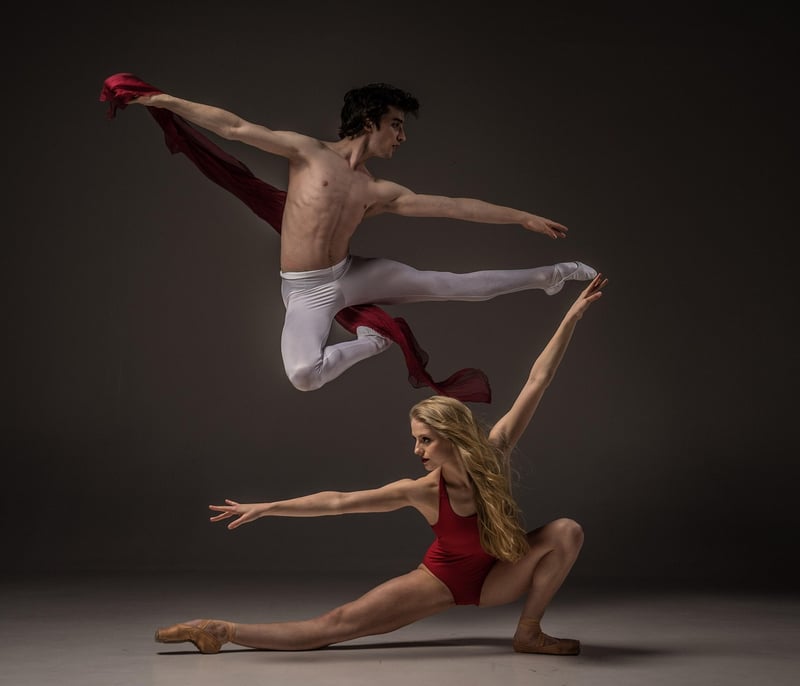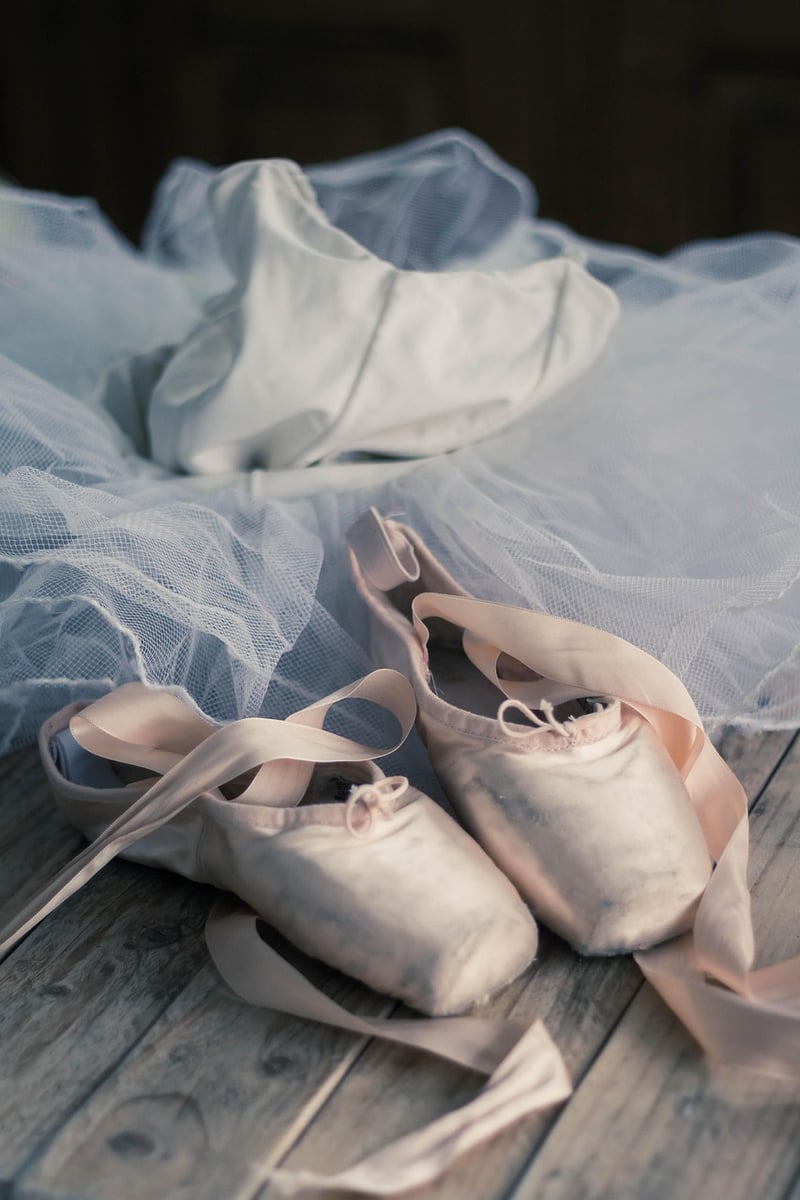Ballet
The Art of Expressive Movement in Ballet

Ballet is a beautiful form of expressive movement that has captivated audiences for centuries. Through graceful choreography, precise technique, and emotive storytelling, ballet dancers convey a wide range of emotions and narratives on stage.
Emotional Expression through Movement
One of the most captivating aspects of ballet is its ability to convey emotions purely through movement. Dancers use their bodies to express joy, sorrow, love, and a myriad of other feelings, allowing audiences to connect with the performance on a deep emotional level.
Technical Precision and Artistic Interpretation
While ballet requires rigorous technical training, it also offers dancers the opportunity for artistic interpretation. Through subtle nuances in movement, posture, and expression, dancers can add layers of meaning to their performances, creating a truly immersive experience for the audience.
Storytelling through Dance
Many ballets are based on classic tales and stories, allowing dancers to bring these narratives to life through their movements. From tragic love stories to epic adventures, ballet provides a unique platform for storytelling without the need for words.
The Power of Music and Movement
Music plays a crucial role in ballet, setting the tone and pace for the dancers' movements. The synergy between music and movement in ballet creates a harmonious blend of sound and motion, enhancing the emotional impact of the performance.
Conclusion
Ballet is not just a dance form; it is a powerful means of expression that transcends language and culture. Through expressive movement, precise technique, and emotive storytelling, ballet dancers captivate audiences and evoke a wide range of emotions. The art of ballet continues to inspire and enchant audiences around the world, showcasing the beauty and power of movement.
Experience the magic of ballet and immerse yourself in the world of expressive movement!
